Homeowners’ Associations (HOAs) are famous for their strict rules about everything from house colors to lawn care. While these guidelines aim to maintain property values, many homeowners find them overly restrictive. In response, a quiet rebellion is underway across communities nationwide. People are finding creative, subtle ways to push back without attracting too much attention.
1. Planting Native Gardens
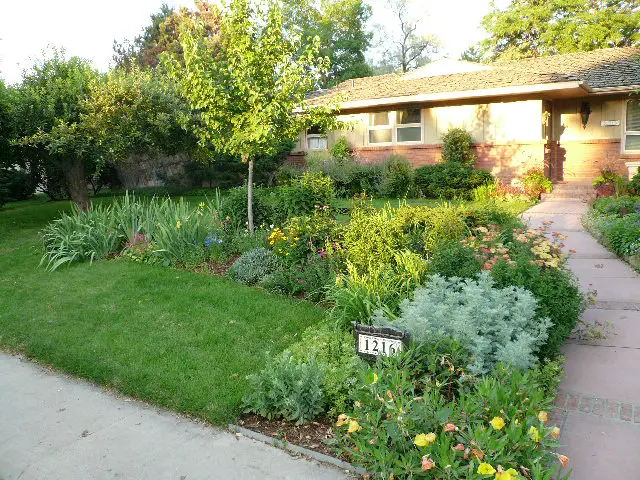
According to the National Wildlife Federation, more homeowners are swapping traditional grass lawns for native gardens despite HOA restrictions. Native plants require less water and maintenance, promoting sustainability while subtly challenging uniform yard expectations. These gardens often fly under the radar because they look well-kept and intentional. Homeowners justify them as eco-friendly improvements that benefit the neighborhood.
Native landscaping also saves time and money over the long term. It supports local ecosystems, including bees and butterflies, which adds an environmental angle to the rebellion. Some HOAs are beginning to loosen rules to allow native plantings due to their popularity. Until then, homeowners continue making their yards both beautiful and quietly defiant.
2. Painting Doors Bold Colors
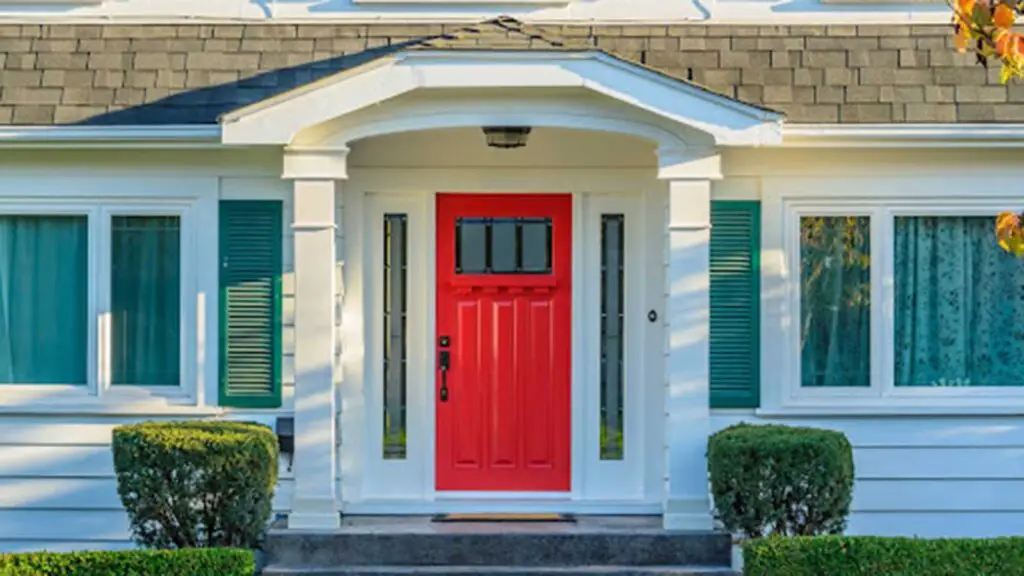
As Better Homes & Gardens reports, one subtle form of rebellion is painting the front door a bold, non-standard color. While many HOAs demand neutral tones, homeowners are pushing boundaries with vibrant reds, blues, or yellows. By targeting just the door, they can usually avoid major penalties while still expressing individuality. A simple pop of color sends a quiet message of resistance.
A brightly colored door personalizes an otherwise cookie-cutter exterior. Some residents even argue that an inviting entryway improves curb appeal. The door becomes a focal point that feels intentional rather than rebellious. When challenged, homeowners can often claim it was simply a design choice meant to enhance the community.
3. Installing Unapproved Garden Decor

According to Realtor.com, installing garden statues, birdbaths, or fairy lights has become a favorite way to skirt HOA guidelines. Many HOAs regulate permanent structures, but smaller, movable decorations often slip through the cracks. Homeowners strategically place these items to add personality without violating major rules. As long as decorations are tasteful and temporary, enforcement tends to be lenient.
Garden decor allows residents to showcase creativity in a controlled way. Items can be easily removed or relocated if an HOA complaint arises. Subtle personalization helps residents feel more connected to their property. In many cases, the small scale keeps conflicts to a minimum.
4. Setting Up “Temporary” Structures
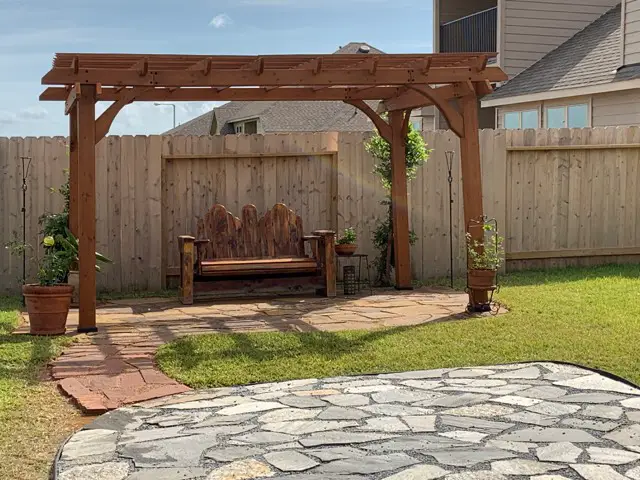
Forbes highlights that some homeowners use the “temporary” loophole to erect structures like pergolas, gazebos, or storage sheds. By labeling them as non-permanent, residents avoid lengthy approval processes and restrictions. These structures often remain indefinitely as long as they are well-maintained and visually pleasing. It’s a strategic way to bend the rules without breaking them outright.
Temporary structures offer valuable extra space for entertaining, storage, or relaxation. Many homeowners cleverly design these features to blend into the landscape. The longer a temporary item stays without issue, the harder it becomes for HOAs to argue against it. Over time, what starts as temporary often becomes accepted.
5. Using Solar-Powered Lighting

Outdoor lighting rules often focus on hardwired installations, leaving solar-powered lights in a gray area. Homeowners take advantage by lining driveways, walkways, and gardens with small, removable solar lights. These upgrades improve safety and curb appeal without technically breaking rules. Solar options are usually subtle enough to avoid complaints.
Solar lighting is also an eco-friendly choice that many HOAs are reluctant to oppose. Because they require no wiring, they are often considered temporary. Homeowners can argue they are seasonal or decorative rather than permanent fixtures. It’s a low-risk way to enhance property ambiance while pushing boundaries.
6. Raising Backyard Chickens

Even in neighborhoods with pet restrictions, some residents quietly keep a few backyard chickens. They argue that hens, especially without roosters, are quiet and non-disruptive. Coops are often camouflaged behind fences or landscaping to stay out of sight. Until a neighbor complains, many chicken owners operate under the radar.
Fresh eggs and pest control are major incentives for this quiet rebellion. Some communities have started amending rules to allow limited chicken ownership. Homeowners committed to this lifestyle often network with others to learn best practices. Discretion and careful planning are key to success.
7. Parking Extra Vehicles Strategically

Parking restrictions can frustrate homeowners with multiple drivers or large vehicles. Some residents get creative by parking in less-visible spots, rotating vehicles, or using neighborly agreements for shared driveway space. As long as no vehicles become eyesores, many HOAs turn a blind eye. Strategic parking helps families maintain their routines without constant fines.
Camouflage is everything when bending parking rules. Keeping vehicles clean and orderly reduces chances of complaints. Residents often familiarize themselves with enforcement patterns to time vehicle moves carefully. The goal is to stay functional without drawing unnecessary attention.
8. Creating Private Outdoor Rooms
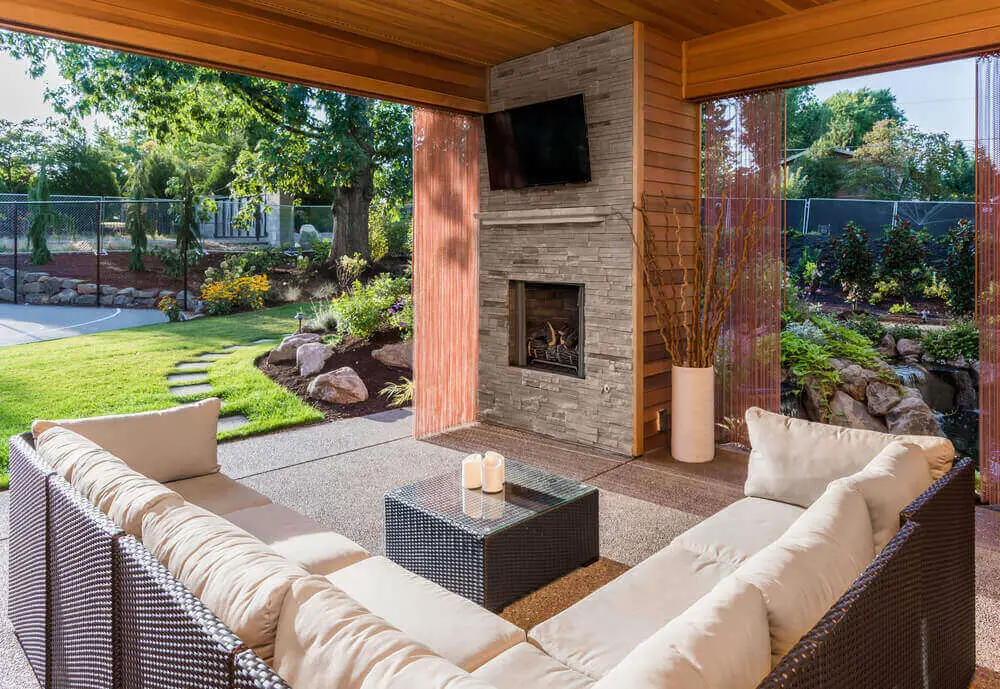
Homeowners are increasingly transforming side yards, patios, or back corners into semi-private outdoor living areas. They use portable screens, tall planters, or lattices to carve out spaces not easily visible from the street. This allows for greater personalization without violating visibility rules. Intimate spaces can flourish without official HOA approval.
Outdoor rooms create peaceful retreats for relaxation or entertaining. Residents often use temporary furniture and decor to avoid permanence accusations. The line between landscaping and construction remains intentionally blurry. Subtlety keeps these projects under the enforcement radar.
9. Hosting Low-Key Community Events

Instead of flashy block parties that might require HOA permission, some homeowners host smaller, informal gatherings. These include backyard movie nights, potlucks, or holiday decorating contests among a few neighbors. Keeping events casual and neighborly avoids scrutiny and strengthens community bonds. It’s rebellion through relationship-building.
Informal events emphasize goodwill rather than defiance. Many HOA boards are reluctant to crack down on activities that promote positivity. Homeowners walk a careful line by staying inclusive and respectful. Quiet community-building becomes a shield against stricter enforcement.
10. Using Privacy Landscaping
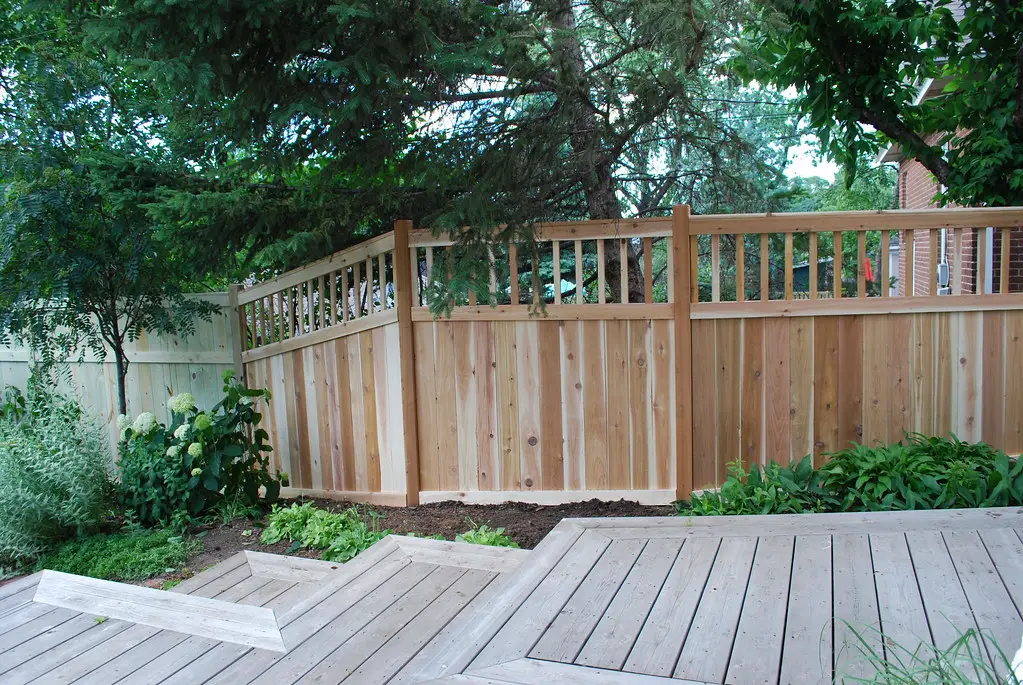
Tall hedges, layered plantings, and creative tree placements help homeowners carve out more private yards without building fences. Strategic planting often dodges height and setback rules tied to traditional barriers. Residents can gain privacy while technically complying with landscape regulations. Nature becomes an ally in subtle rebellion.
Living screens also boost property value and aesthetic appeal. Homeowners frame plantings as beautification rather than obstruction. Some use slow-growing varieties to gradually achieve privacy over time. These natural solutions often go unchallenged because they enhance curb appeal.
11. Leaving Holiday Decorations Up Longer
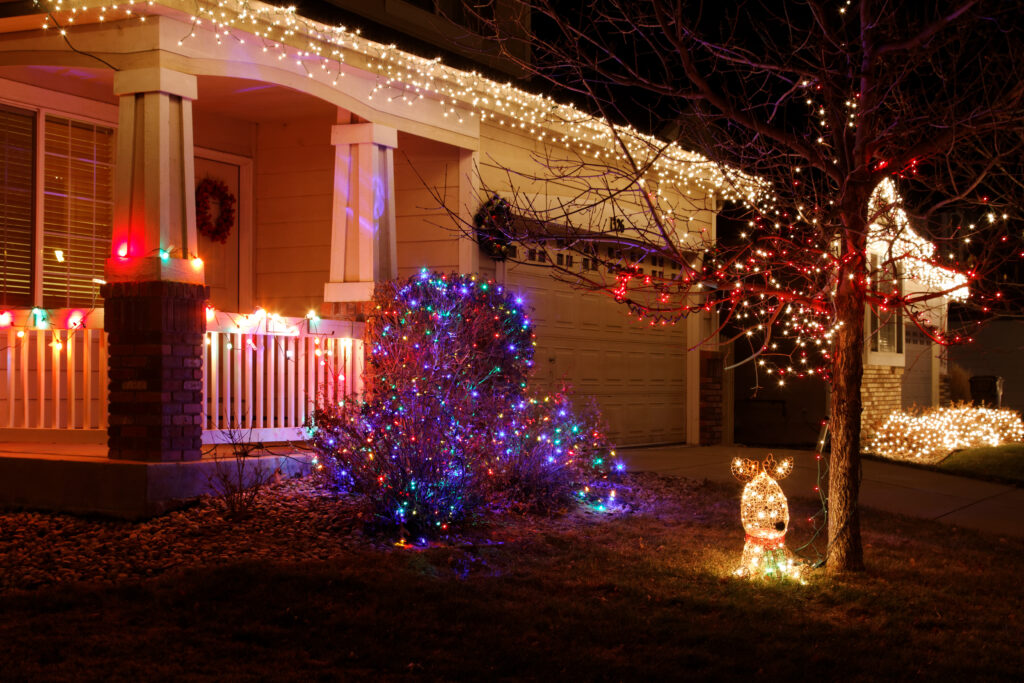
Some residents quietly stretch the limits of seasonal decor timelines. Lights, wreaths, or themed flags may linger weeks beyond official cutoff dates. As long as displays stay tasteful, enforcement tends to be lax. A little extra holiday spirit often goes unnoticed or unpunished.
Decorations tied to less mainstream holidays can also confuse strict rule enforcement. Homeowners might rotate themes to create a sense of ongoing celebration. Keeping displays neat and orderly discourages formal complaints. Creative timing becomes a subtle form of rule-bending.
12. Advocating for Rule Changes from Within

Perhaps the boldest quiet rebellion is homeowners joining their HOA boards or committees to advocate for looser regulations. By participating directly, they gain influence over enforcement priorities and rule updates. Small, incremental changes can have lasting impacts on community life. Change from within feels less confrontational and often succeeds where open defiance fails.
Involvement also helps residents build rapport with decision-makers. Understanding the rule-making process offers opportunities for negotiation and compromise. Homeowners can champion policies that reflect broader community values. Leadership becomes a powerful — and legal — form of rebellion.
